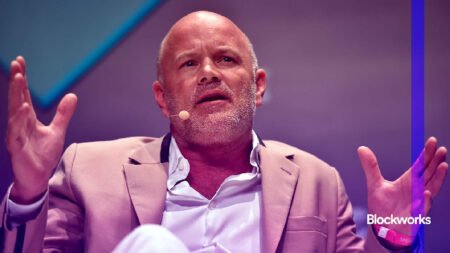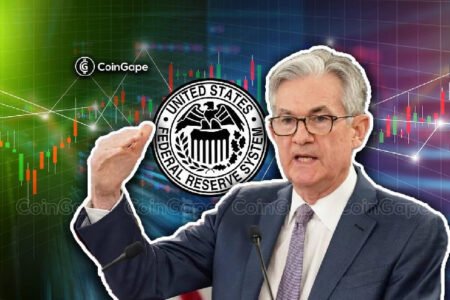MADRID/NEW YORK, Oct 21 (Reuters) – Spain’s Santander (SAN.MC, opens new tab launched its digital bank in the United States on Monday, which will help it to fund over $30 billion of auto lending assets and broaden its retail business in the country, U.S. CEO Tim Wennes told Reuters.
The euro zone’s third-biggest lender by market value is one of the few European banks with a retail presence in the U.S. market following the exit of rivals BBVA (BBVA.MC, opens new tab and BNP Paribas (BNPP.PA, opens new tab.
Santander has over $45 billion in retail deposits at its 409-strong U.S. branch network, mainly in nine states in the northeast, and over $60 billion in autolending assets.
“We have north of $30 billion of auto assets that are not funded by the bank today, that are wholesale funded,” Wennes told Reuters in an online interview late on Friday.
Funding via the wholesale market is more expensive than if the bank funds the assets directly, but Wennes did not say how much the bank would save by moving to the cheaper funding structure.
The launch of Openbank, which is currently Europe’s largest digital bank with over 18.5 billion euros in deposits, is part of Santander’s global strategy to become a digital bank with branches.
To try and gain market share in deposits in the U.S., Santander is initially offering a yield of 5.25% on its savings account, higher than Goldman Sachs’ (GS.N, opens new tab digital bank Marcus which gives 4.1% on its online savings account or the up to 4.7% from CIT Bank’s platinum savings account.
U.S. banks such as JPMorgan (JPM.N, opens new tab and Bank of America (BAC.N, opens new tab hold the largest share of bank deposits in the country.
A successful launch of a fully digital offering in the U.S., where Santander has 4.5 million total customers, will be crucial because the bank’s U.S. business has been generating subpar returns.
Hiring expenses and higher provisions resulted in a 0.4% year-on-year fall in net profit in the U.S. in the first half.
Wennes said the bank would analyse how to best grow this digital platform and “certainly evaluate if partnership opportunities would make sense”.
He also said that Santander was “comfortable today” with current resources deployed at its corporate investment bank in the U.S. following its recent expansion after hiring former executives from the collapsed Credit Suisse.
Read the full article here










